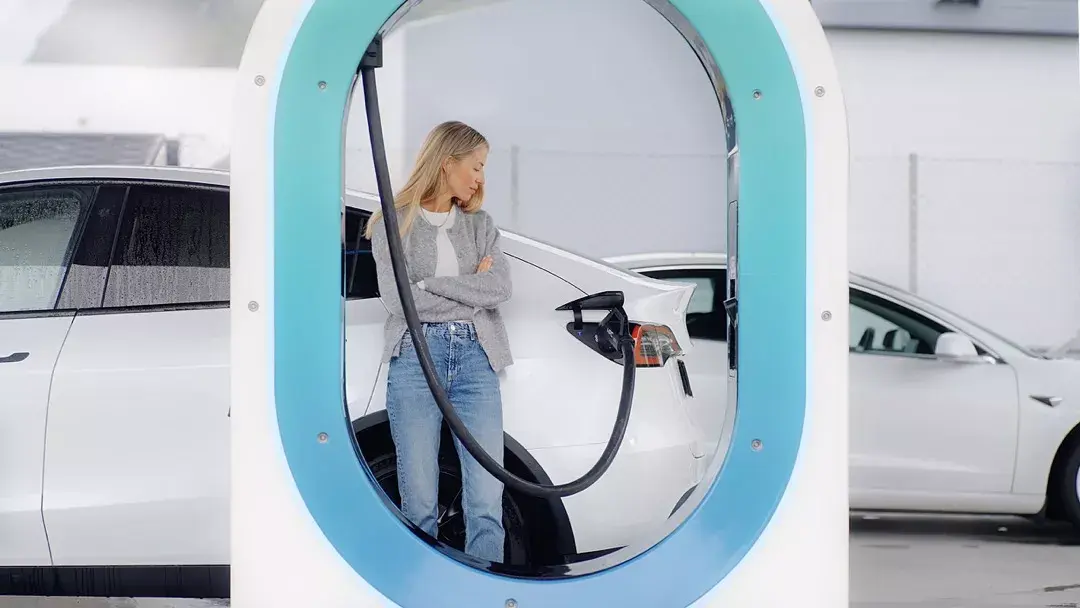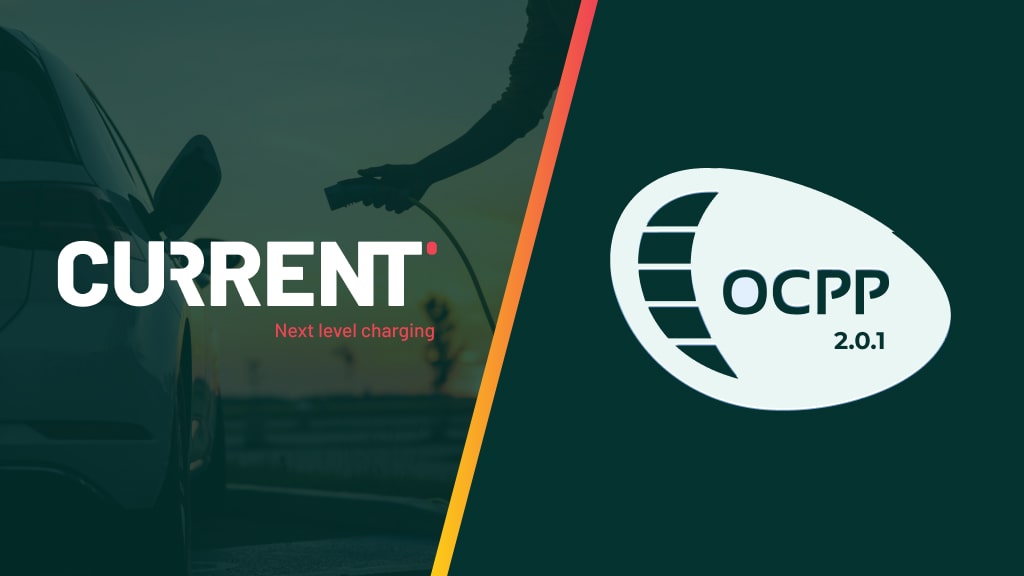
Attending the EV Charging Infrastructure Forum in Frankfurt this year was informative and eye-opening for CURRENT. It was a fantastic opportunity to meet clients and prospects, get in front of them physically, and talk to them about what we do. Just as importantly, they had the chance to tell us what they want and what’s important to them, and we found that their primary focus right now is finding ways to keep EV drivers happy.
This was the same across the board, no matter whether the companies were from Norway, Germany, or the UK – improving the satisfaction of EV drivers is the challenge. It sounds simple, but getting the balance right can be tricky. In order to build up your business, you need to compete with many companies and get your brand out there, and while you’re doing that, the EV driver is having to download many, many applications in order to charge. Knowing which app to use at what location is a point of frustration for drivers, and this is what our clients want to change.
The importance of keeping EV drivers happy
With so much competition out there, keeping EV drivers happy is often difficult. However, it’s extremely important for a number of reasons, including:
Higher utilization of chargers
We’re all creatures of habit and drivers want to know what they’re getting when they charge. EV drivers also talk to one another and we know exactly which chargers are easy to use and which are likely to be out of service. If you can work to keep drivers happy, you’re going to increase the utilization rates of your chargers.
Increased revenue
Higher utilization of chargers naturally leads to increased revenue. The more your chargers are used by happy customers, the more money you’ll be able to bring in.
Brand loyalty
All of this creates brand loyalty that will see EV drivers return to their chosen CPO every time they need to charge.
Consider the driver early on
Keeping customers happy starts with understanding what they want and need at a grassroots level. This starts with where the best possible location for a charging station would be from their perspective. Is it best to place one along the motorway, or in the middle of a city? Should it be near a coffee shop so that drivers have something to do while they’re charging? There needs to be some incentive to encourage EV drivers to prioritize one type of charger over another.
Look for areas that are underserved by chargers, shopping center car parks for example. If you can find areas where it will be convenient to charge while doing something else, you’ll be one step closer to a happy customer base. Equally, think about customer needs while charging. Things like shelter, accessibility, and ease of use are all important.
Be transparent on price
One of the best ways to incentivize drivers to use your charge points is by being clear on exactly how much it’ll cost to charge. It’s not always easy to see how much you’ll pay to plug in, or the penalties for staying for more than the set period. Drivers would even love to know when they can charge to get the best price, even if it’s out of the usual hours.
From the perspective of the CPO, the cost of energy is a huge topic. Business model margins and what to charge the customer are ongoing questions, and it’s an area that’s causing concern for all parties. CPOs are, as such, focusing on load balancing and energy management while fighting for the best possible charging real estate.
Spot pricing enables full transparency of pricing for all parties, gives CPOs more control and the guarantee that they won’t lose out on money, and allows EV drivers to choose the best time and price to charge. That flexibility is what will keep them coming back. The Nordic EV Association recently found that 93% of EV drivers are satisfied or very satisfied with their EV – it’s the charge points that need the work.
Using technology to support drivers
Drivers need to be better supported using technology, but that’s being made more difficult thanks to regulations holding the industry back. Some of these regulations are trying to turn a very technology-based, innovative industry into something old school. A good example of this is putting credit card payments on terminals, and I think the people making the regulations want to do that so charging stations look more familiar to the public.
They think that just because there’s a credit card terminal, people will think: “Great, I can pay – now I can buy an electric vehicle”. It’s not that simple and making a charger look like a pump at a gas station doesn’t make it so.
When it comes to what a CPO can do with technology to please their customers, load balancing enables better management of energy, reduces strain on the grid, and future-proofs the business against fluctuating demand.
Taking that one step further, a microgrid puts power into CPOs’ own hands. A microgrid means you generate your own power using solar panels or a canopy, with on-site battery storage to capture excess energy for cloudy days or overnight. This isn’t, necessarily, going to cover all your power needs but it’ll reduce your reliance on the grid to help you save money.
Right now, very few people are making money because they’re building their businesses, but a microgrid is something that can be monetized right now and help keep operational costs as low as possible. This is just one way CPOs can add value and stand out from the competition.
In Frankfurt, the feedback on what we’re doing was great. But the pace of the industry is moving very quickly, and that’s driven by competition. You can’t leapfrog over all the stages of business development your company has to go through to compete, but you also can’t be lazy because you’ll get left behind.
This EV industry is ever-changing and with competition comes innovation. Eventually, you’ll be left with all the companies that innovate well rather than the ones just there to make money, and that innovation has to be driven by what customers want and need. If a product doesn’t meet those requirements, it will fizzle away.
Many of us change our phones every couple of years at most, and most things are cashless now – I don't even carry my wallet anymore. Things are changing fast, but at the moment, all people want is to be able to easily charge their car so they can get to and from their destination. That’s the baseline, and CPOs need to do the work to make that a reality, Book a free consultation with CURRENT for more information.



